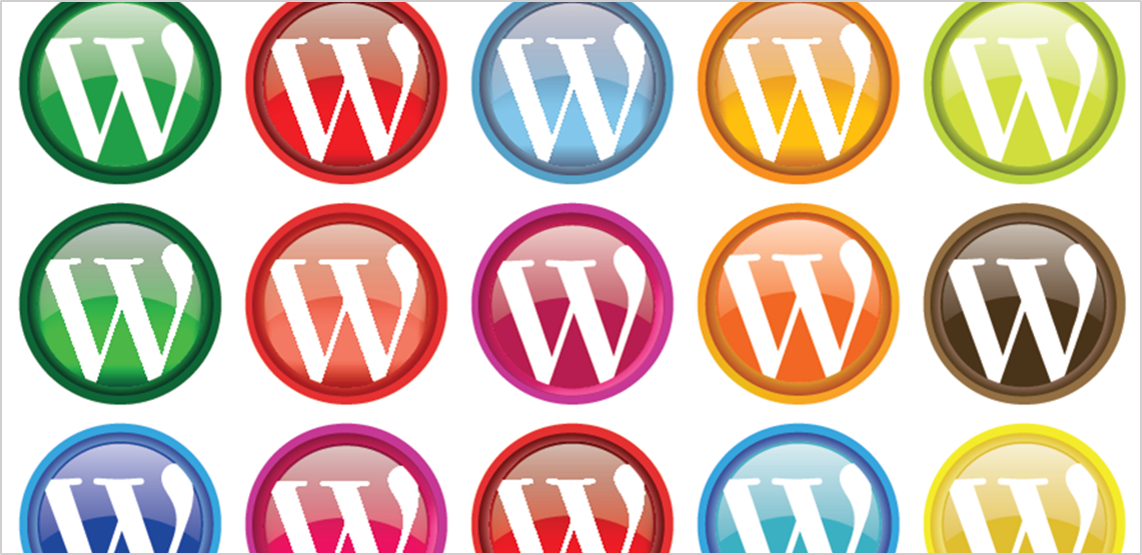Goodonya WordPress

A few years ago I took myself out of my comfort zone and rebuilt my website.
It was partly because I needed more flexibility than the five page Smartyhost version I had been nurturing for a few years. But my main reason was to get a sense of how the landscape for smaller business websites had changed.
Wow, it really had changed and how.
It just so happened that while I had been marinating in all things geek, I also helped one of my clients with his small business website, an all-in ‘smallbiz’ deal from Melbourne IT
It was a bit inflexible to work with, allowing very little customisation and only 5 pages, 2 being already taken up with an ‘enquiry’ form and a ‘contact me’ page. Well 3 pages is not enough even for the smallest of businesses, so I called Melbourne IT for some help. The experience was similar to calling Telstra, everybody tried to help but didn’t. It took 3 calls and over 1 hour to verify that my client had bought a small business package, with web store functionality that he didn’t need. They told me that the only way to get more pages was to buy them at $100 each, or to upgrade to the next package up at $90 a month. I found their offer uninspiring. My Smartyhost deal was much better and the people there were incredibly helpful and knowledgeable.
In tandem with this process, I set up my own website. I locked in hosting for $4 a month for the next 3 years which included access to a choice of WordPress templates which were free. The process of setting up the hosting, downloading the template and getting set up could not have been easier. So far, so good.
However, I did struggle a bit getting familiar with WordPress and the differences between templates. I have been working on websites for many years, but only on the business end and I am very far from understanding geek-speak and php / html / dns references. The numerous discussion boards set up to help make coding sound like child’s play, were nevertheless out of context for me. With no previous background in programming or coding, it led to several hours of being confused and out of my depth, but I WAS determined to create my own site if it killed me.
I am very glad I persisted and didn’t cop out and get somebody else to build it. In the end I needed no coding, just a better understanding of how to customise WP. I will continue to improve the site as I continue to learn more. I would not hesitate to recommend this as a platform for any business; even large web store based retailers could go down this route.
WordPress started as a blogging platform but the open source community have developed the templates to such an extent that most are now responsive (can be viewed and used on any device) and can be set up to have static pages like any website, as well as blog style pages for dynamic content. WordPress developers continue to drive improvements and quality and are making these upgrades available to everybody for free. With new entrants in this market such as Wix and Squarespace, I still have a great respect for WordPress.
What I am more convinced than ever, is this. If you have a business, invest a bit in the design, content and build of your website. You can try the really cheap route and have a site designed and built for you through the numerous skills aggregating online sources – but it will get you what you have paid for. Most business owners are not sure what to say on their site, or what good user friendly design is. Get some advice. You can still have your site built into the WP platform – it will simply be a better representation of your business if you seek professional guidance.
Well done WordPress and all the developers that make it possible for so many smaller businesses to have a professional web presence.